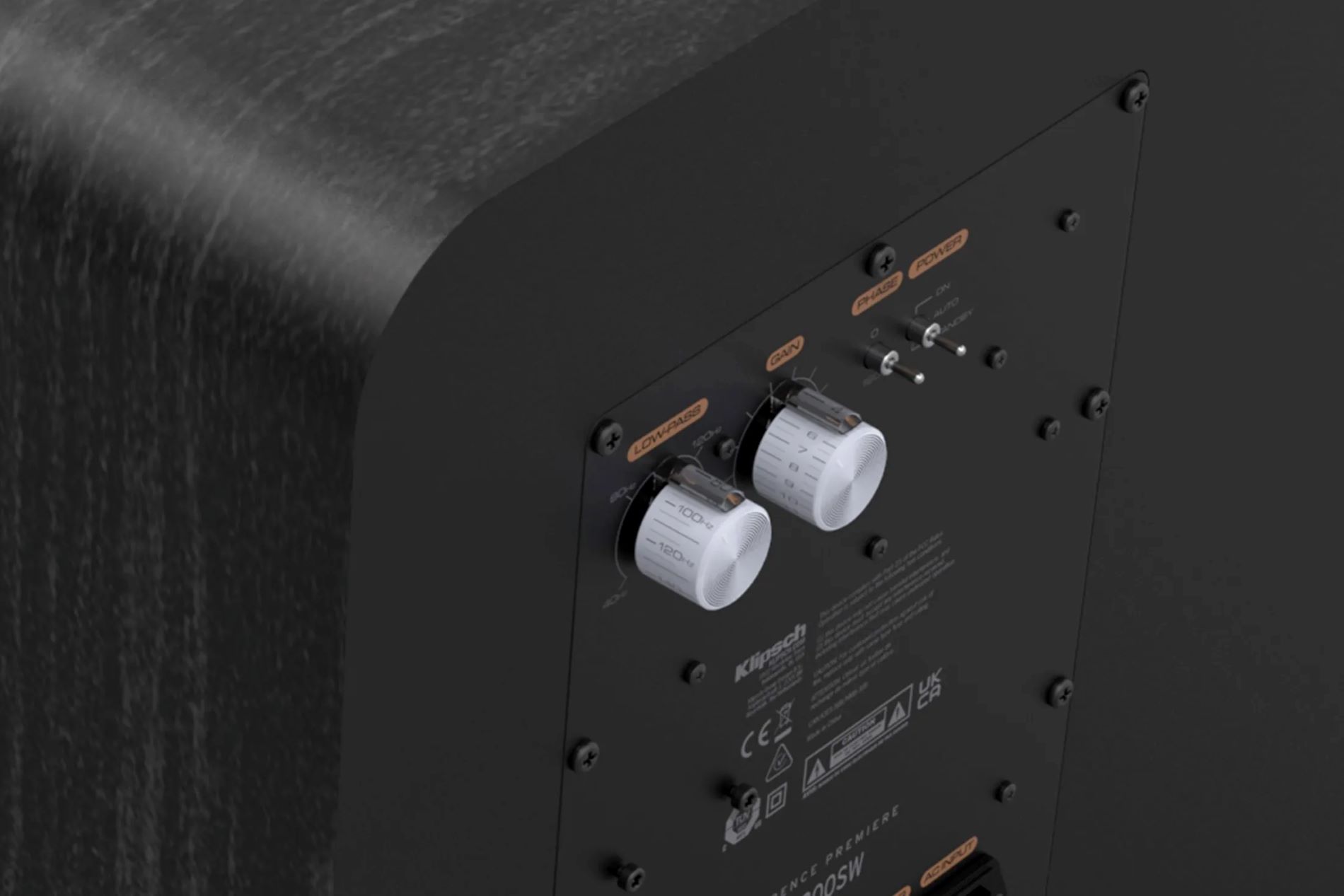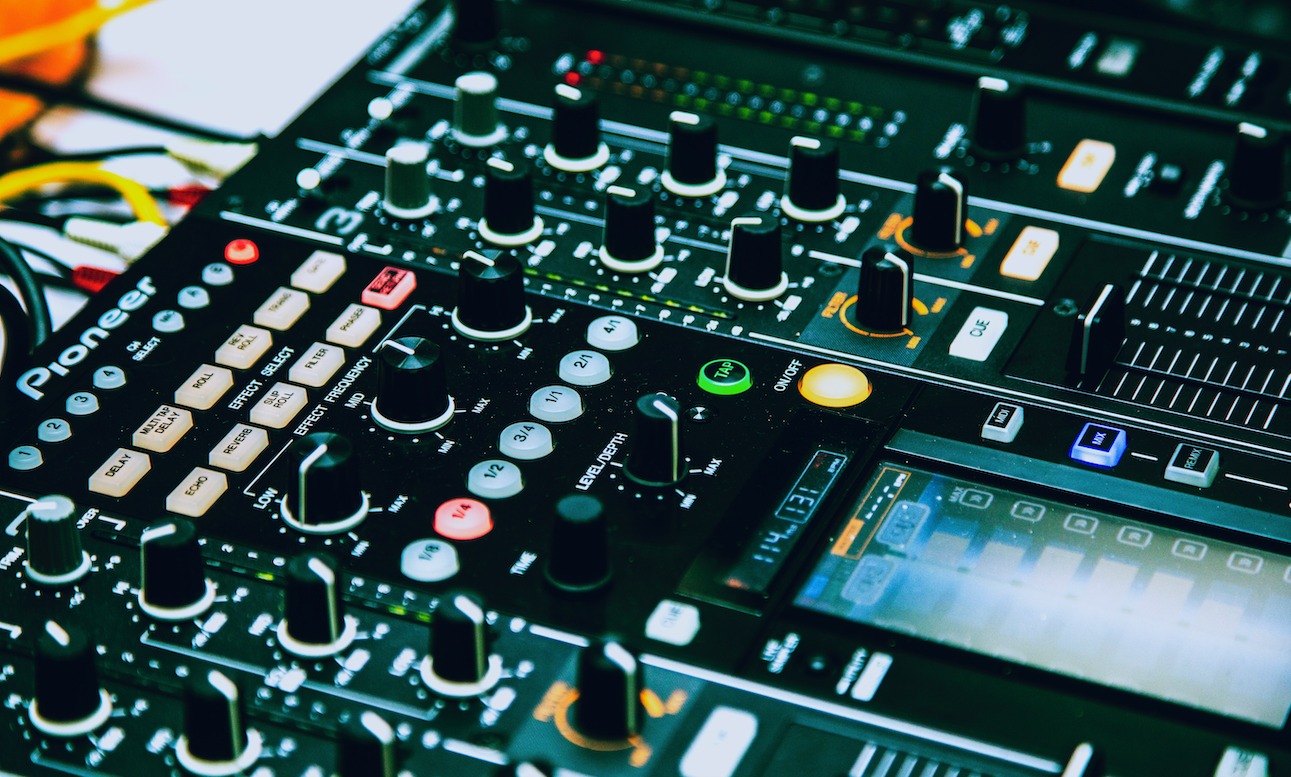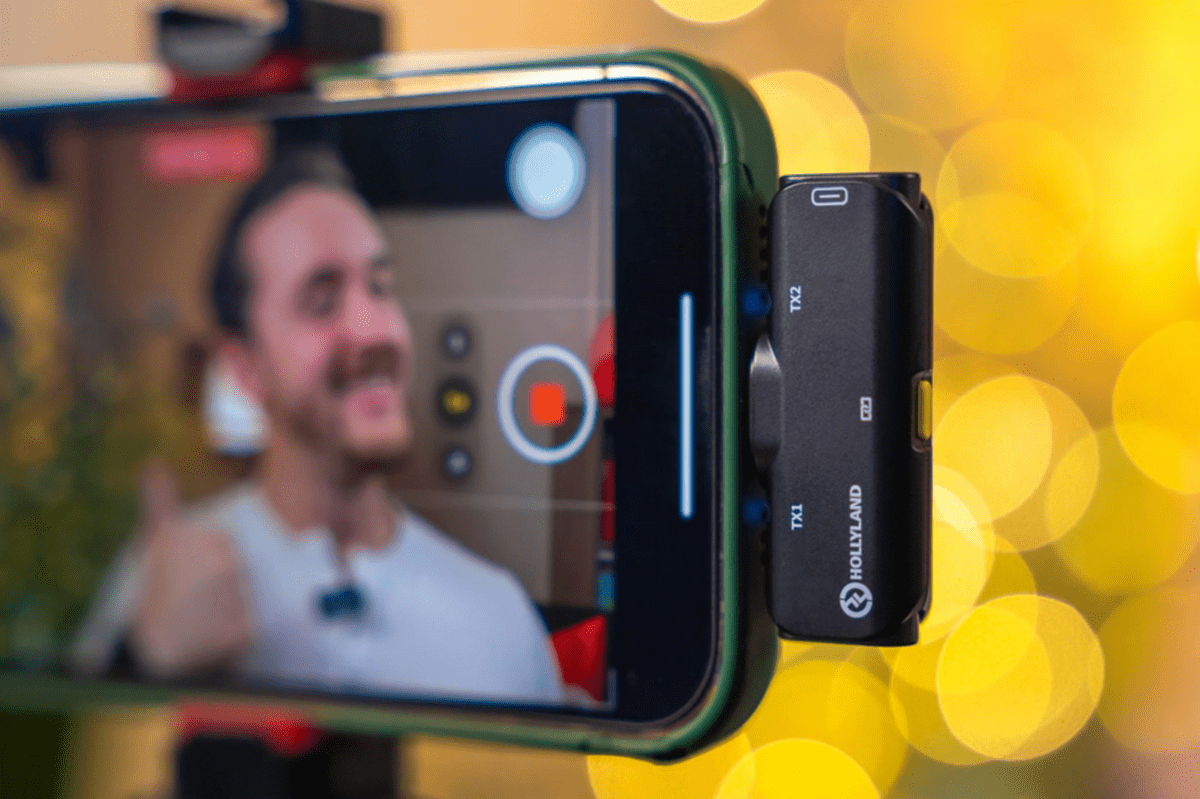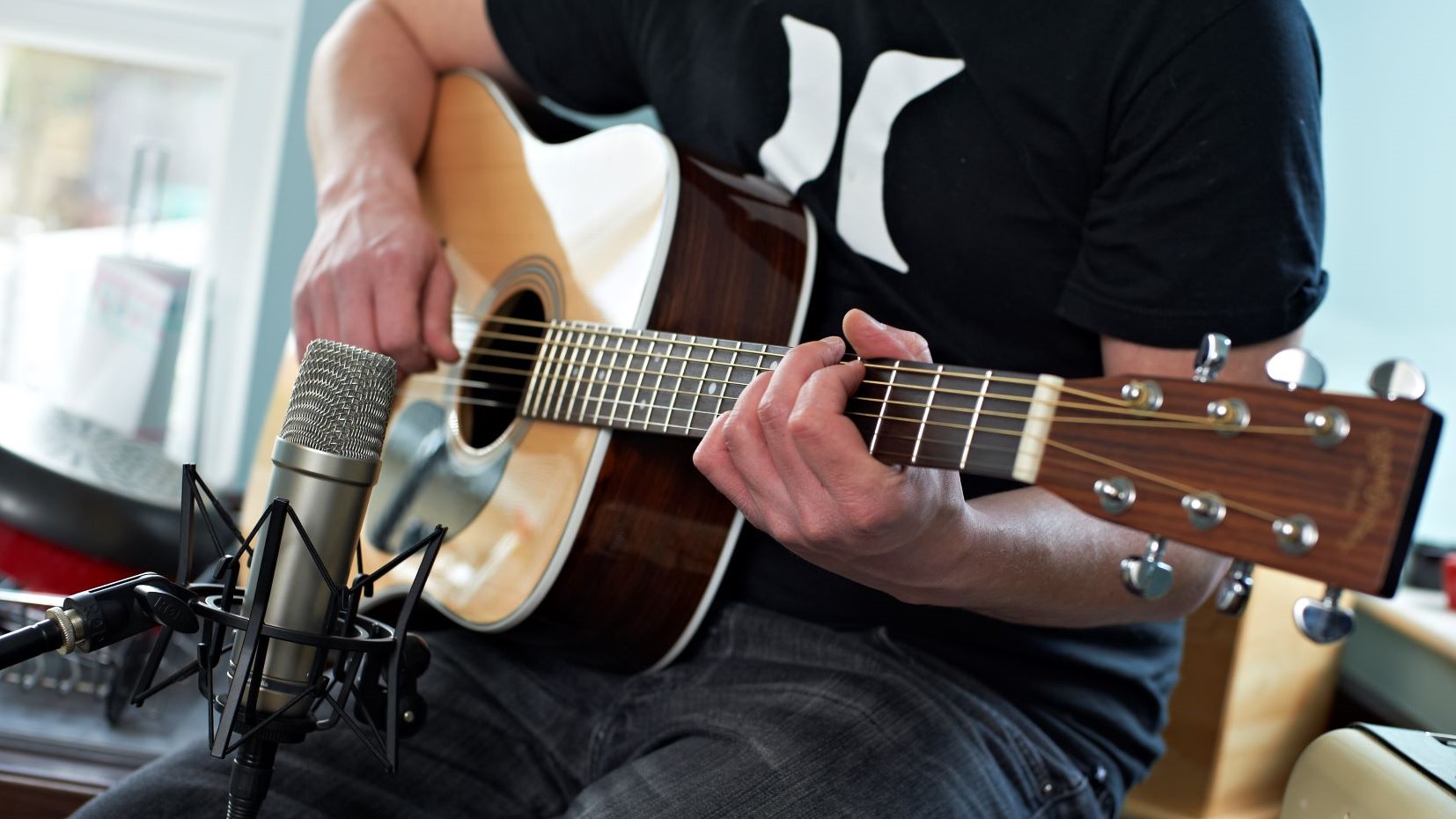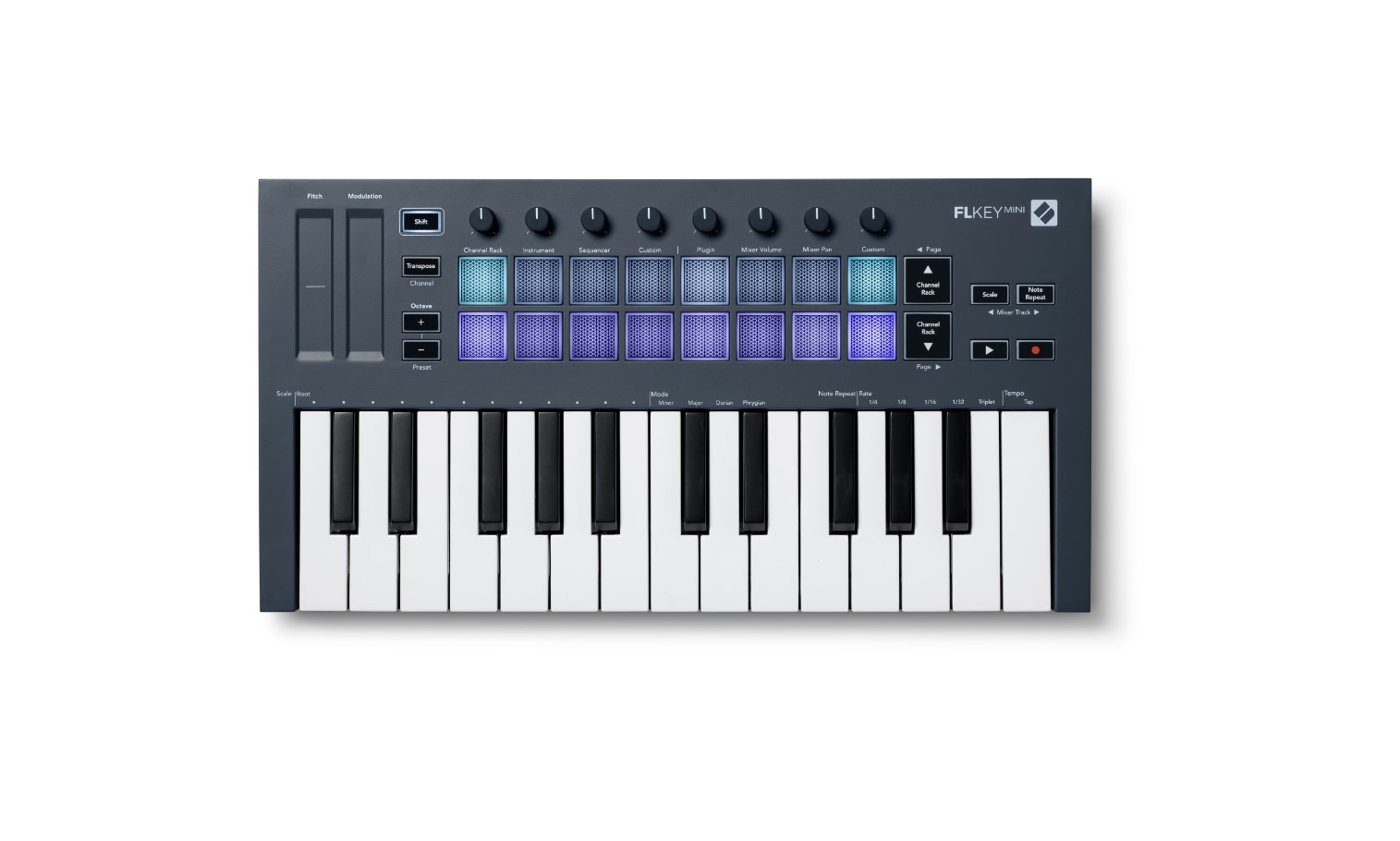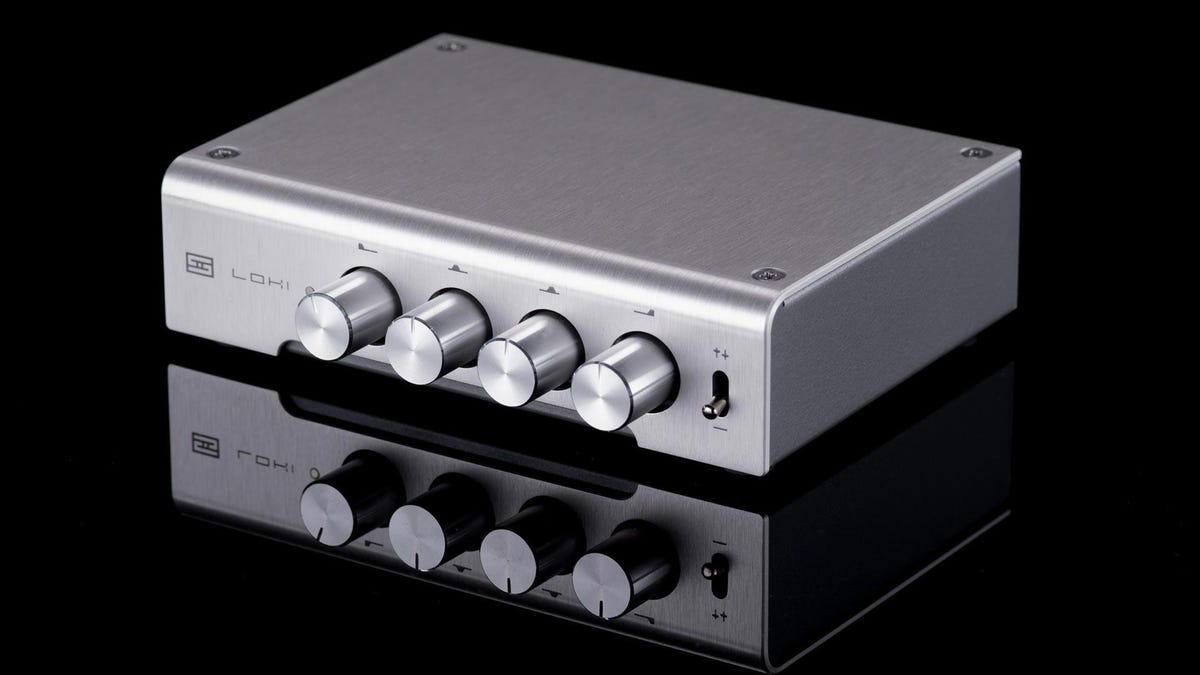Home>Devices & Equipment>Microphone>How To Set Up A Microphone For Singing Live


Microphone
How To Set Up A Microphone For Singing Live
Published: February 17, 2024
Learn how to set up a microphone for singing live performances. Get tips on positioning, adjusting levels, and choosing the right microphone for your voice.
(Many of the links in this article redirect to a specific reviewed product. Your purchase of these products through affiliate links helps to generate commission for AudioLover.com, at no extra cost. Learn more)
Table of Contents
Introduction
Setting up a microphone for singing live is a crucial aspect of delivering a captivating performance. Whether you are preparing for a solo act, a band performance, or a karaoke night, the right microphone setup can make a significant difference in the quality of sound and overall experience for both the performer and the audience. In this guide, we will explore the essential steps to properly set up a microphone for singing live, ensuring optimal sound quality and performance.
When it comes to live singing, the microphone serves as a bridge between the artist and the audience, transmitting the nuances of the voice and the emotion behind the lyrics. A well-configured microphone setup can elevate the performance, allowing the singer’s voice to shine through with clarity and power. From choosing the right microphone to adjusting its position and conducting sound checks, each step plays a vital role in creating an immersive and memorable musical experience.
Whether you are a seasoned performer or a newcomer to the stage, mastering the art of microphone setup is essential for delivering a stellar live performance. By understanding the technical aspects and best practices of microphone setup, singers can focus on their craft and connect with their audience on a deeper level. Let’s delve into the intricacies of setting up a microphone for singing live, empowering performers to unleash their vocal prowess and leave a lasting impression on their listeners.
Choosing the Right Microphone
When setting up a microphone for live singing, selecting the right microphone is the first crucial step. The microphone serves as the primary tool for capturing the nuances and dynamics of the singer’s voice, making it essential to choose a microphone that complements the vocal style and performance environment.
There are various types of microphones available, each with distinct characteristics suited for different vocal tones and performance settings. Dynamic microphones, known for their durability and ability to handle high sound pressure levels, are commonly used for live performances. They are ideal for singers who prefer a robust and impactful sound with excellent feedback rejection.
On the other hand, condenser microphones are revered for their sensitivity and ability to capture intricate details of the voice, making them suitable for more nuanced and expressive vocal performances. While condenser microphones are often used in studio recordings, they can also be utilized in controlled live environments where their exceptional sound quality can shine through.
When choosing a microphone for live singing, it’s essential to consider factors such as the singer’s vocal range, performance style, and the acoustic characteristics of the venue. Additionally, the microphone’s frequency response, polar pattern, and handling noise should be taken into account to ensure optimal performance and minimal interference during the live set.
Furthermore, wireless microphones offer freedom of movement and are particularly beneficial for energetic performers who engage with the audience across the stage. They eliminate the constraints of cables and allow singers to deliver dynamic performances without being tethered to a specific spot.
Ultimately, the right microphone should enhance the singer’s voice, complement their style, and adapt to the specific demands of the live performance. By carefully selecting a microphone tailored to the singer’s unique attributes and the performance context, performers can set the stage for an exceptional vocal experience that resonates with the audience.
Setting Up the Microphone Stand
Once the appropriate microphone has been selected, the next step in preparing for a live singing performance is setting up the microphone stand. The microphone stand serves as the foundation for positioning the microphone, allowing the singer to maintain a comfortable and consistent proximity to the microphone throughout the performance.
When choosing a microphone stand, it’s important to consider factors such as stability, adjustability, and portability. A sturdy and reliable microphone stand is essential for securely holding the microphone in place, especially during dynamic performances where the singer may move around the stage.
Adjustability is another critical aspect to consider when setting up the microphone stand. The stand should offer flexible height and boom arm adjustments to accommodate the singer’s preferred microphone positioning. Whether standing or seated, the microphone stand should be easily adjustable to suit the performer’s comfort and optimize the microphone’s proximity to the mouth for consistent sound quality.
Additionally, portability is advantageous for singers who frequently perform at different venues. A lightweight and collapsible microphone stand facilitates easy transportation and setup, allowing performers to focus on their craft without the hassle of cumbersome equipment.
When setting up the microphone stand, ensure that the base is placed on a stable surface to prevent accidental tipping or movement during the performance. Adjust the stand to the appropriate height and angle, taking into account the singer’s posture and preferred microphone placement. The boom arm, if applicable, should be positioned to align the microphone with the singer’s mouth while allowing for fluid adjustments during the performance.
Furthermore, cable management is an essential consideration when setting up the microphone stand. Securing the microphone cable along the stand’s frame or utilizing cable clips can prevent tripping hazards and maintain a tidy stage setup.
By meticulously setting up the microphone stand to accommodate the singer’s mobility and performance preferences, performers can establish a reliable and ergonomic foundation for delivering an engaging and immersive live singing experience.
Adjusting the Microphone Position
Once the microphone stand is in place, the next critical step in setting up a microphone for live singing is adjusting the microphone position to optimize sound quality and ensure the singer’s comfort during the performance. Proper microphone positioning plays a pivotal role in capturing the nuances of the singer’s voice and delivering a compelling auditory experience to the audience.
When adjusting the microphone position, it’s essential to consider the singer’s vocal dynamics, projection, and preferred vocal range. Positioning the microphone at an optimal distance and angle relative to the singer’s mouth is crucial for capturing the full spectrum of vocal nuances while minimizing unwanted noise and feedback.
For singers with powerful and dynamic vocal delivery, positioning the microphone slightly farther from the mouth can help mitigate plosives and sudden volume peaks while allowing the microphone to capture the full breadth of the voice. Conversely, for singers with softer or more nuanced vocal styles, positioning the microphone closer to the mouth can ensure that delicate vocal nuances are captured with precision.
The microphone should be angled to align with the singer’s mouth, allowing for a direct and consistent capture of the vocals. Adjusting the microphone’s angle can also help mitigate breath noises and sibilance, contributing to a cleaner and more polished sound output.
Furthermore, considering the microphone’s polar pattern is crucial when adjusting its position. Microphones with cardioid polar patterns are commonly used for live singing due to their focused pickup pattern, which minimizes ambient noise and feedback from monitor speakers. By positioning the microphone in line with its optimal pickup angle, singers can maximize the microphone’s performance and minimize potential interference.
During the performance, the singer’s movements and dynamics should be taken into account when adjusting the microphone position. If the singer moves around the stage, the microphone should be positioned to accommodate their mobility while maintaining consistent sound quality. Additionally, the microphone’s height and angle should be adaptable to suit both standing and seated performances.
By meticulously adjusting the microphone position to align with the singer’s vocal characteristics and performance style, performers can optimize sound quality, minimize technical distractions, and deliver a captivating and immersive live singing experience that resonates with the audience.
Testing and Sound Check
Once the microphone has been set up and positioned, conducting thorough testing and sound checks is essential to ensure that the audio equipment is functioning optimally and that the sound levels are well-balanced for the live performance. A meticulous sound check not only allows performers to fine-tune the audio settings but also provides an opportunity to identify and address any potential issues before the actual performance begins.
The sound check process typically begins with testing the microphone’s functionality and ensuring that it is properly connected to the sound system. This involves speaking into the microphone at varying volumes to verify that the signal is being transmitted effectively and that there are no technical malfunctions or intermittent connectivity issues.
Following the initial microphone test, it is crucial to assess the sound levels and equalization to achieve an optimal audio balance. This involves adjusting the microphone’s input gain, monitoring the signal levels, and making necessary adjustments to the equalization settings to enhance the clarity and fidelity of the vocals. Additionally, monitoring for potential feedback or unwanted noise during the sound check allows for preemptive measures to be taken to mitigate such issues during the live performance.
Collaborating with the sound engineer or technician during the sound check can be invaluable, as their expertise can contribute to refining the audio settings and addressing any technical concerns. Communicating the desired sound preferences and vocal nuances to the sound engineer can facilitate a collaborative effort in achieving the ideal audio mix for the live performance.
During the sound check, it is beneficial for the singer to perform vocal exercises and sing excerpts from the setlist to assess how the vocals translate through the sound system. This provides an opportunity to evaluate the overall sound quality, monitor for any inconsistencies, and make real-time adjustments to the microphone position or audio settings as needed.
Moreover, testing the microphone’s response to different vocal techniques, such as belting, falsetto, or whispering, allows for a comprehensive assessment of how the microphone captures the full range of the singer’s voice. This insight enables performers to adapt their vocal delivery and technique based on the microphone’s response, ensuring a seamless and expressive performance.
By conducting a thorough sound check and testing the microphone in various performance scenarios, performers can fine-tune the audio settings, address technical concerns, and cultivate an optimal sonic environment that elevates the live singing experience for both the performer and the audience.
Conclusion
Setting up a microphone for live singing is a multifaceted process that encompasses careful selection, meticulous positioning, and comprehensive testing to ensure an immersive and captivating performance. By understanding the nuances of microphone setup and sound optimization, performers can harness the full potential of their vocal prowess and deliver exceptional live performances that resonate with the audience.
Choosing the right microphone is the foundational step in the setup process, as it directly influences the tonal characteristics, dynamic range, and overall sound quality of the vocals. Whether opting for a dynamic microphone for robust projection or a condenser microphone for nuanced expressiveness, selecting a microphone tailored to the singer’s unique attributes and performance context sets the stage for a compelling auditory experience.
Setting up the microphone stand and adjusting the microphone position are pivotal in creating an ergonomic and consistent setup that accommodates the singer’s mobility and vocal dynamics. A sturdy, adjustable microphone stand provides a reliable foundation for positioning the microphone, allowing performers to maintain optimal proximity and alignment throughout the performance.
Moreover, meticulous adjustments to the microphone’s position enable singers to optimize sound capture, minimize interference, and adapt to varying vocal styles and performance dynamics. By considering the microphone’s polar pattern, the singer’s vocal range, and the performance environment, performers can tailor the microphone position to suit their individual needs and deliver a compelling vocal performance.
Conducting thorough testing and sound checks further refines the setup, allowing performers to fine-tune audio settings, address technical concerns, and cultivate an optimal sonic environment. Collaborating with sound engineers and technicians during the sound check process can enhance the overall audio mix, ensuring that the vocals are faithfully reproduced and seamlessly integrated with the musical accompaniment.
Ultimately, the art of setting up a microphone for live singing is a harmonious fusion of technical precision and artistic expression. By mastering the intricacies of microphone setup and sound optimization, performers can unleash their vocal prowess and create transcendent live performances that resonate with the audience on a profound level.
With a well-configured microphone setup and a deep understanding of sound optimization, performers can embark on a transformative musical journey, captivating audiences and leaving an indelible impression with their mesmerizing live singing performances.



